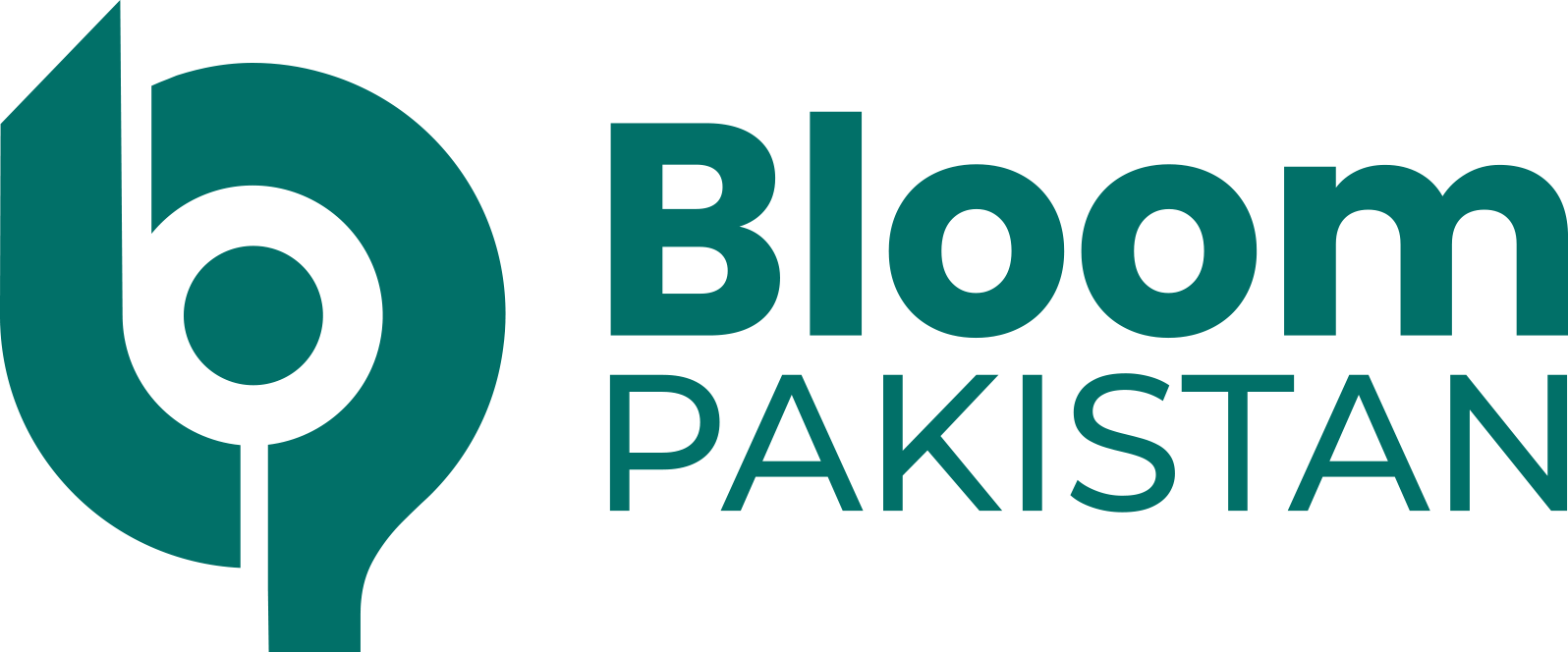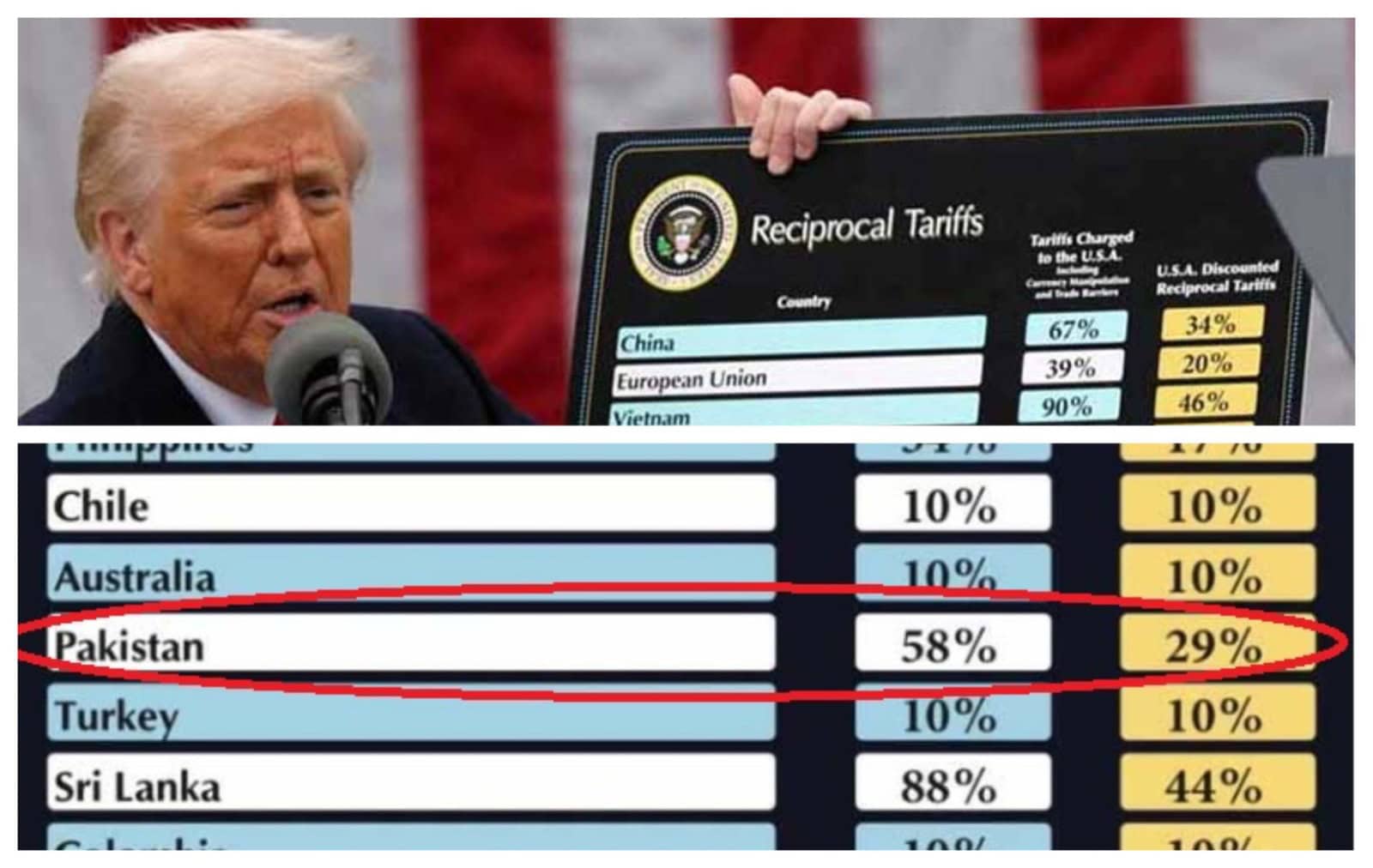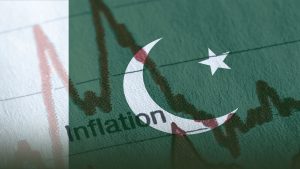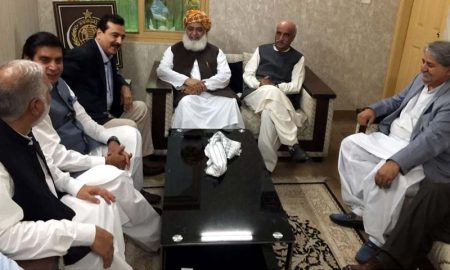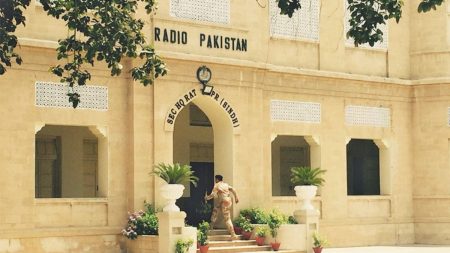Islamabad, April 04: Pakistan’s export sector faces a mix of challenges and opportunities following the United States’ decision to impose a 29% reciprocal tariff on Pakistani goods.
While this move is expected to negatively impact trade, experts believe the effect may not be severe, as other key exporters like China, India, Vietnam, and Bangladesh are also subject to similarly high US tariffs.
US President Donald Trump justified the tariffs as a means to protect the American economy from what he termed as “unfair trade practices.”
In response, Pakistani business leaders acknowledge the adverse implications but maintain that the impact will be somewhat cushioned since competitors are also facing similar constraints in the US market.
Zubair Tufail, President of the United Business Group (UBG) and former head of the Federation of Pakistan Chambers of Commerce and Industry, stated that while the tariff will create obstacles, it is unlikely to be devastating.
“The increase in duty is not ideal for Pakistani exporters, but since our competitors will also be affected, we may not be at a significant disadvantage,” he explained.
US Imports in Pakistan
Other experts believe Pakistan can counterbalance the tariffs through strategic policymaking, particularly given the relatively small volume of imports from the US.
In FY24, Pakistan’s imports from the US were valued at $1.87 billion, while exports to the US stood at $5.4 billion.
This reflects a trade surplus for Pakistan, even though both figures were slightly lower compared to FY23.
Javed Bilwani, a seasoned business leader and exporter, suggested that making US imports duty-free could benefit Pakistan’s export sector.
“If we eliminate duties on American imports, our own exports could become more competitive since the tariffs have been imposed on a reciprocal basis,” he proposed.
Given that US imports form a small portion of Pakistan’s overall imports, which stood at $53.7 billion in FY24, this strategy could be implemented without significantly disrupting trade dynamics.
Despite the newly imposed tariffs, the US remains Pakistan’s largest export destination.
Read More: US Markets Crash as Trump’s Tariff Move Triggers 6% Oil Drop
While China ranks as the country’s largest overall trade partner, the trade imbalance remains significant, with imports from China totaling $13.5 billion in FY24 against exports worth only $2.7 billion.
Samiullah Tariq, Head of Research and Development at Pak-Kuwait Investment Company, noted that the impact of the 29% tariff would likely differ across product categories.
“This situation may provide Pakistan with an edge over China and Vietnam, depending on how their respective tariffs are structured,” he remarked.
Economists have also highlighted both immediate hurdles and potential long-term strategies for Pakistan.
Intelligent Policy Mix
Ali Hasanain, an economics professor at LUMS, stressed the importance of Pakistan’s trade relationship with the US, pointing out that nearly 20% of the country’s exports are directed there.
However, he downplayed the broader economic impact, noting that US-bound exports make up less than 1.5% of Pakistan’s GDP.
“Even if these exports were to disappear entirely—which is unlikely—the damage would still be smaller compared to the setbacks Pakistan has suffered due to economic mismanagement,” he asserted.
Sajid Amin, an economist at the Sustainable Development Policy Institute (SDPI), highlighted the need for Pakistan to counterbalance the tariffs through cost-cutting or government subsidies to support exporters.
However, he warned that securing IMF approval for such subsidies could be a major challenge. “The key issue is whether the IMF would allow Pakistan to provide these subsidies,” he explained.
The long-term effects of the tariffs remain uncertain. Amin emphasized that Pakistan could benefit from lower tariffs than those imposed on Bangladesh and Vietnam, but this would require innovation and strategic planning.
“The extent of the impact will depend on Pakistan’s ability to mitigate the immediate effects and leverage areas where it has a competitive advantage,” he added.
Pakistan’s textile sector, which dominates its exports to the US, is expected to bear the brunt of the tariffs. Adil Nakhoda, an economist at the Institute of Business Administration (IBA) Karachi, highlighted the potential risks for the industry.
“Pakistan’s reliance on textile exports to the US means that these tariffs could cause significant short-term disruptions,” he cautioned.
However, he also noted that Pakistan could shift focus toward increasing textile exports to the European Union to offset the impact.
Also Read: How US Tariff Hike to Hit Pakistan Exports?
Economic analyst Khurram Husain observed that the tariffs could further strain Pakistan’s relationship with the US, making it more transactional.
He also stressed that finding alternative markets would take considerable time. “At present, there is no immediate replacement for the US as a key market for Pakistani exporters,” he stated.
Pakistan’s economic policymakers face a tough decision on how to navigate these trade barriers. While some suggest negotiating tariff reductions, others advocate for internal cost reductions or expanding into alternative markets.
Regardless of the chosen approach, the coming months will be crucial in determining how effectively Pakistan can adapt to this new trade landscape.
